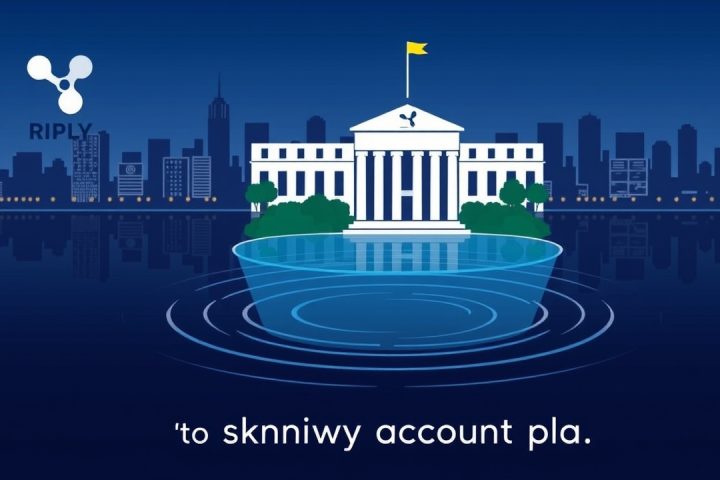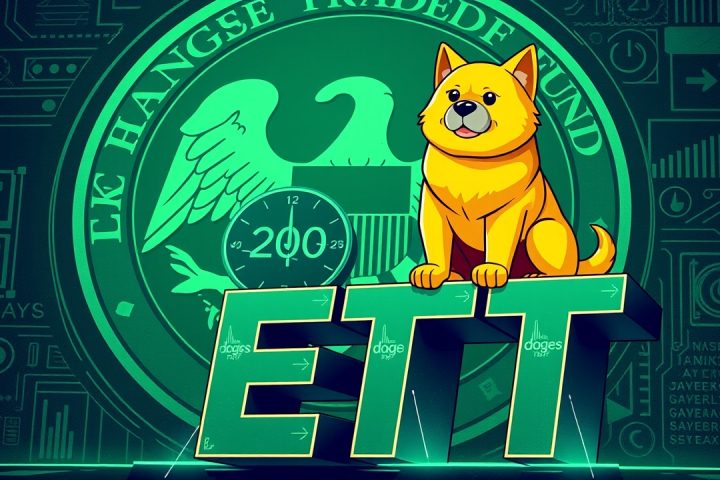The Emergence of Blockchain Technology
The emergence of blockchain technology can be likened to a rapidly spreading wildfire; it has the potential to revolutionize transactions but also raises concerns requiring careful management. With its strengths, including secure, immutable records and the removal of intermediaries, blockchain signifies a critical shift in how data and transactions are handled. However, as its influence grows, so too does the necessity for regulation, which remains in flux as authorities grapple with how to harness blockchain’s potential safely.
Core Functionality of Blockchain
At its core, blockchain operates as an unchangeable digital ledger maintained by a network of computers. Each transaction—from cryptocurrency transfers to supply chain updates—creates a block that adds to this ledger. This decentralized nature ensures that transactions are verified by all network participants, making manipulation extraordinarily difficult. Key attributes of blockchain technology include:
- Decentralization: redistributing power among users rather than a single authority.
- Transparency
- Security: through cryptographic methods.
- Immutability: that prevents alteration of the data without consensus.
Applications and Regulatory Challenges
In a world increasingly dependent on digital transactions, the robust functionality of blockchain makes it an attractive option for enhancing efficiency in various sectors such as finance, logistics, and asset management. The integration of this technology is driving innovative solutions across numerous industries.
However, the regulatory environment surrounding blockchain still lags behind its rapid pace of development. This technology’s fundamental qualities pose complex challenges to existing regulatory frameworks, particularly concerning issues such as privacy and cross-border activity. In traditional financial systems, intermediation by banks facilitates transparency and oversight, a feature that blockchain disrupts by allowing anonymous transactions, often exploited for illicit purposes like money laundering and tax evasion.
The borderless nature of blockchain compounds the difficulties that regulators face, as laws differ significantly around the globe. Discrepancies in regulations can lead to confusion over jurisdiction—who holds the responsibility when transactions cross national borders?
Legal Framework and Smart Contracts
Furthermore, emerging trends in the blockchain space, such as decentralized finance (DeFi) and crypto assets, complicate the legal landscape as they do not easily fit into traditional categorizations. Smart contracts, while providing an innovative method of automating agreements, bring their own set of legal uncertainties. With questions surrounding accountability for errors and fraud, the absence of traditional dispute resolution mechanisms makes it imperative for the regulatory framework to adapt quickly.
Regulatory Compliance Considerations
Regulators are tasked with not just protecting consumers but also ensuring that the financial ecosystem remains stable amid inherent risks associated with cryptocurrency volatility. The absence of clear guidelines can lead to detrimental consequences for both businesses and consumers. Therefore, businesses venturing into blockchain must emphasize regulatory compliance from the outset.
Key considerations for organizations implementing blockchain include:
- Anti-money laundering (AML) and know-your-customer (KYC) protocols essential for client verification and avoiding criminal associations.
- Determining whether blockchain tokens are classified as securities is likewise critical, as misclassification can result in significant liabilities.
- Understanding tax implications, as reporting requirements grow globally.
Conclusion
The landscape of blockchain regulation is continually evolving, influenced by technological advancements and emerging business models. Stakeholders need to remain abreast of regulatory trends while integrating legal expertise into their planning processes to ensure adherence and navigate the complexities of the law.
Ultimately, building a collaborative relationship between regulators and blockchain innovators will be essential as the industry progresses, allowing for the formulation of rules that protect consumers without stifling innovation. As we advance into an era defined by transformative technologies like blockchain, staying informed and adaptable will be key to leveraging its full potential while mitigating associated risks.




